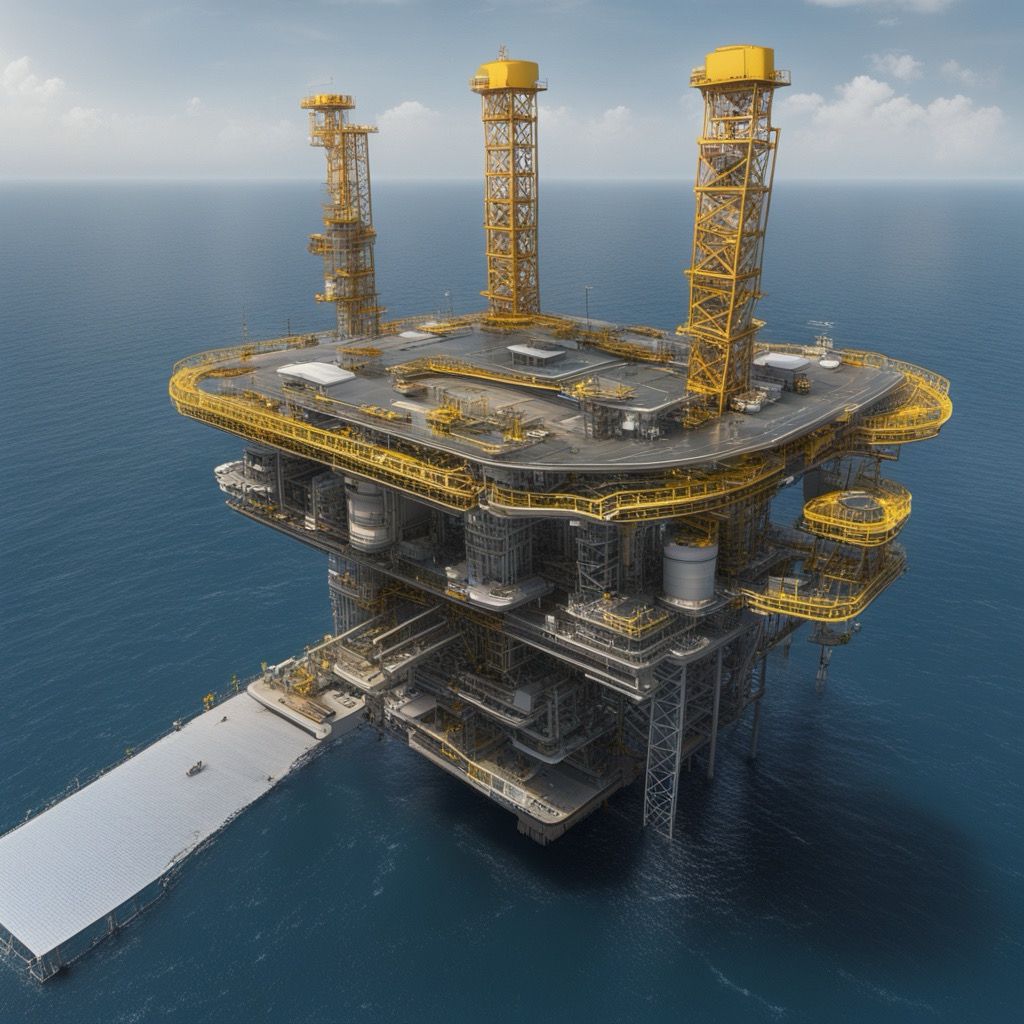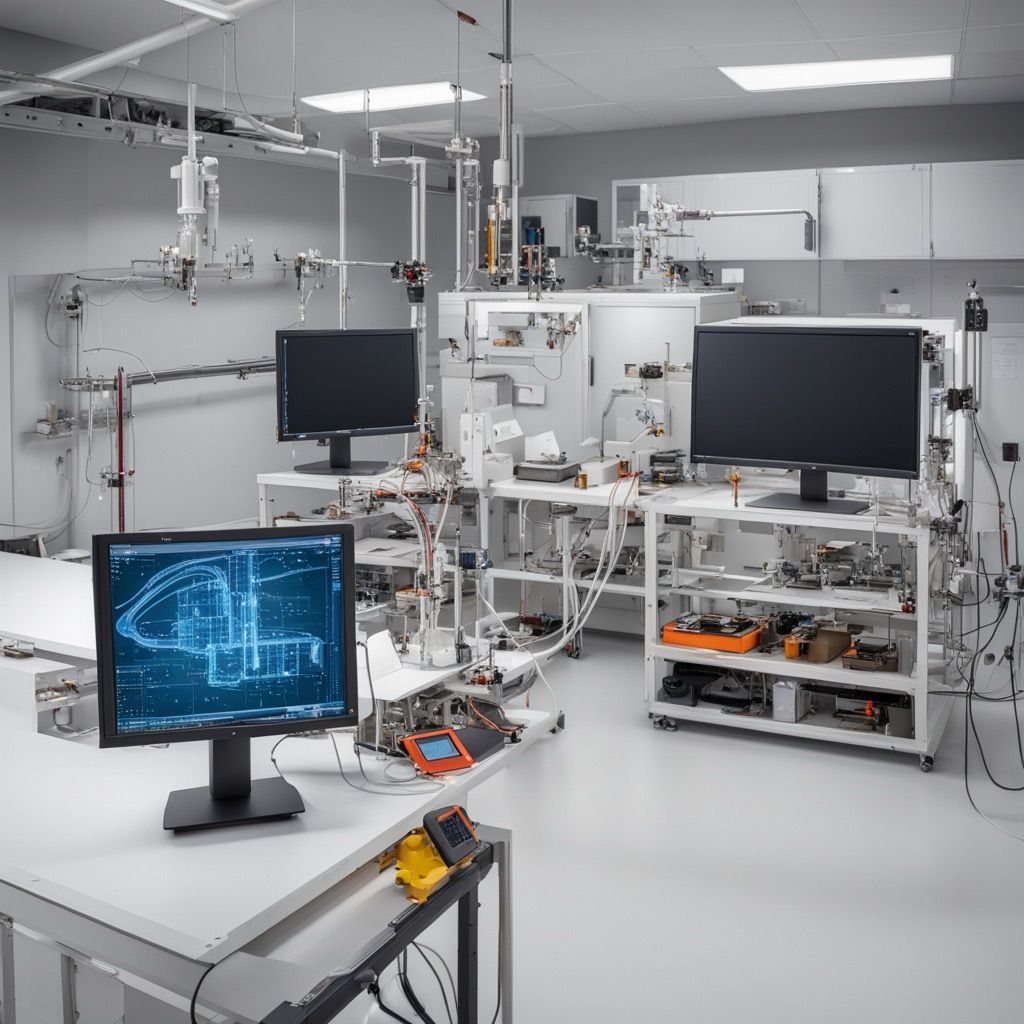Published: 4 months ago

Science
Summary
In a world where stealth aircraft dominate the skies, the use of Infrared technology has become a game-changer in detecting these elusive planes. From Infra-red search and track systems deployed against stealth aircraft to VHF radar systems with wavelengths comparable to aircraft feature sizes, the race to uncover stealth technology is heating up.
Article
Once upon a time, in the vast expanse of the sky, there existed a powerful force known as infrared heat. This invisible energy, also known as IRST, had the ability to reveal the hidden secrets of the world below.
In a world where stealth aircraft roamed the skies, infrared heat was a formidable opponent. Analysts marveled at the capabilities of IRST systems in detecting even the most elusive of targets. With a keen eye for detail, the IRST could pick up on the slightest changes in temperature, exposing the stealth aircraft's true nature.
Russian designs, such as the MiG-29 and Su-27, were among the first to harness the power of infrared heat. As these aircraft soared through the skies, their surfaces heated up due to air friction, making them vulnerable to the watchful gaze of the IRST. The MiG-35, the latest version of the MiG-29, boasted an advanced Optical Locator System with enhanced IRST capabilities, ensuring that no stealth aircraft could escape its detection.
But the power of infrared heat was not limited to the skies alone. On the ground, tanks and aircraft carriers found themselves at the mercy of IRST technology. The optronic suite allowed for long-range detection and identification of targets, giving military forces a significant advantage in combat situations.
VHF radar systems, with their longer wavelengths, also played a crucial role in countering stealth aircraft. While traditional radar systems struggled to detect stealth aircraft, VHF radar systems such as the NEBO SVU and the SMART-L radar proved to be effective in revealing their presence. These systems, with their ability to overcome the stealth characteristics of aircraft, became essential tools in modern warfare.
And then there was the innovative concept of over-the-horizon radar, which extended the range of radar systems beyond conventional limits. The Australian JORN Jindalee Operational Radar Network, with its HF frequency and ionosphere-bouncing technology, posed a formidable challenge to stealth aircraft such as the F-117A. No longer could these aircraft rely on their stealth capabilities to evade detection, as the power of infrared heat and over-the-horizon radar proved to be their undoing.
In the ever-evolving world of military technology, infrared heat stood as a constant reminder of the power of detection. With its ability to uncover hidden targets and reveal the true nature of stealth aircraft, IRST technology remained a force to be reckoned with. And as the skies continued to be filled with aircraft of all shapes and sizes, the watchful gaze of infrared heat ensured that no secret could remain hidden for long.
No opinions exist on this article yet!
Be the first one to share an opinion on this article.
This article does not have any attachments.
No Access
Share access to start recording your opinion










